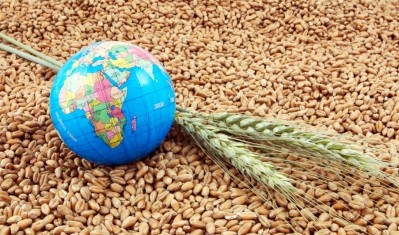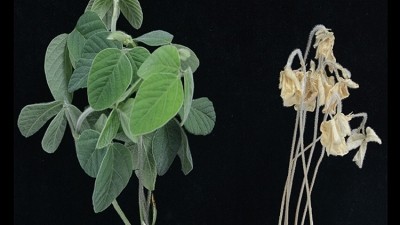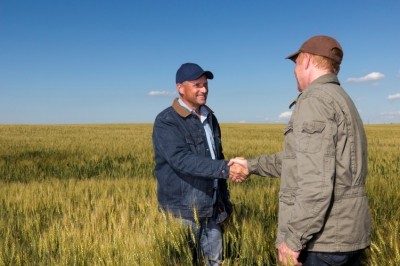FAO: Eco-friendly farming can bridge yield gaps

Across the world’s smallholder farms, there is a 30% yield gap in staple crops, according to the United Nation’s FAO – a gap policy makers must close by accelerating adoption of ‘save and grow’ eco-friendly farming, it said.
Bill Murray, senior program officer at the FAO, told Milling & Grains that in order to achieve this, governments at national and local level had to empower smallholders with the education, resources and infrastructure to enable sustainable increases in production and profits.
“In developing countries smallholders produce the largest proportion of food at around 80%. They also manage 80% of the farmland and support approximately 2.5 billion people, therefore targeting smallholder farmers is a way of ensuring improved food security in developing countries,” he said.
There needs to be improvements made along the entire value chain, he said, from production through to processing, storage and the end consumer, as well as access to credit and land tenure.
“Countries have to determine or decide that agriculture is a priority. One of the problems in recent years has been the drop in domestic investment in agriculture as well as a drop in agriculture’s share of overseas development assistance.”
Increase yields by 130%
Adopting eco-friendly farming systems could potentially increase yields by six-fold, Murray said. Introducing effective irrigation management, for example, could generate yield increases of up to 130%, he said.
“In southern India, site-specific nutrient management, which matches nitrogen inputs to plants' real needs, has reduced fertilizer applications and costs while increasing wheat yields by 40%.”
In addition, conservation agriculture has helped smallholder farmers in Zimbabwe produce up to eight times more maize per hectare than the national average.
Holistic model
The ‘save and grow’ formula advocated by the FAO and member countries promotes sustainable intensive crop production using an ecosystem approach to farming.
This holistic model aims to redress some of the damage caused by 20 years of intensive farming and teach farmers how to balance soil, irrigation and pesticide management techniques to optimise crop production while also protecting and nurturing the environment.
“Intensive farming since the 60s (and up to the 80s) using high levels of inputs has resulted in degradation of the environment, including land degradation and soil erosion and little attention was paid towards maintaining a healthy soil. As a result, growth rates have fallen to an average 1.5%, compared with 3-3.5% during the height of the so-called ‘green revolution’ in the 60s,” Murray said.
Empowering policymakers
He explained that future water shortages will only exacerbate the problem and underpins the need to work with farmers to build more resilient production systems able to withstand and counteract the additional challenges from climate change.
“Our goal is to help countries become more food secure; to show farmers the net benefits of using environmentally friendly context-specific farming and remove the technical barrier to give policymakers the tools to make better decisions at national level.”







